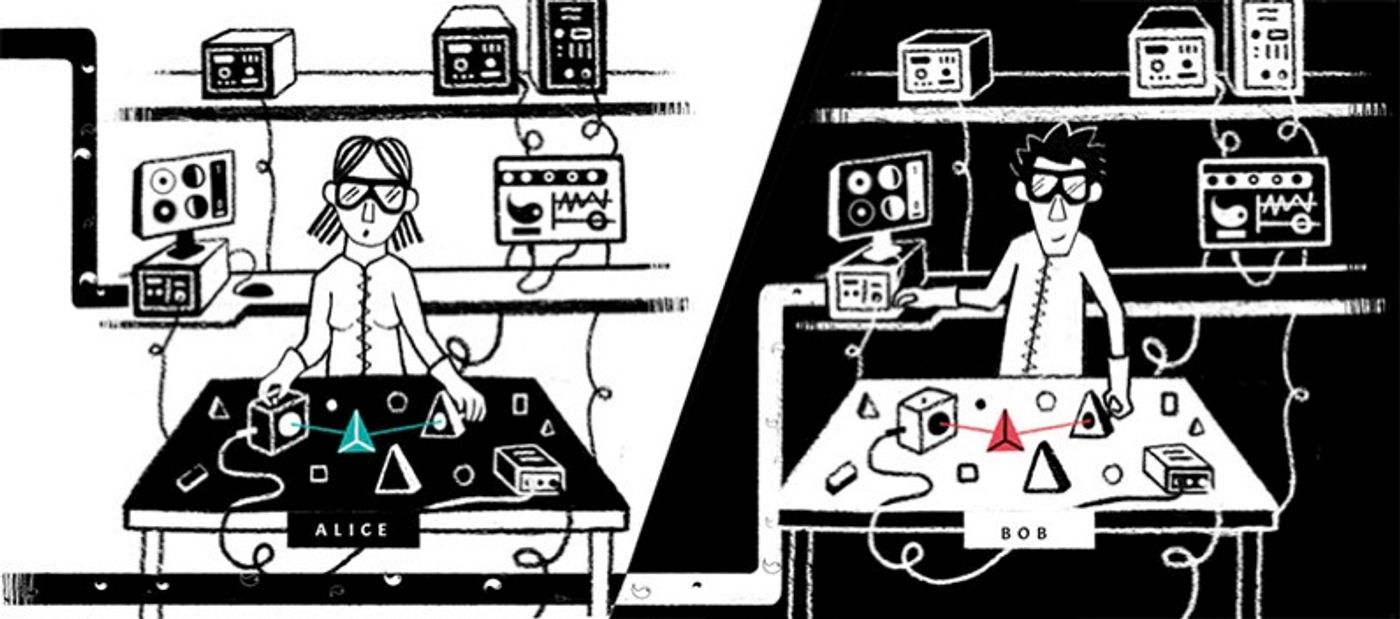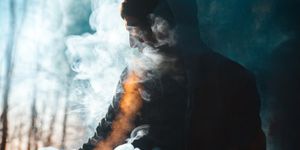Global Bell Test Proved Einstein Wrong about Quantum Mechanics, Again
According to a recent publication in the journal Nature, results from a groundbreaking global experiment conducted back in late 2016 have proven Albert Einstein the legendary physicist wrong about a fundamental aspect about our world.
Einstein, as well as many common folks like you and me, believed that matter has a reality independent of ourselves. In another word, any measurement or observation conducted should not alter or create the matter. But in quantum mechanics, physicists like Niels Bohr believed that observables such as “the position of the atom” have no meaning until someone measures them.
Since Bohr's interpretation of quantum mechanics was first published in 1927, it has drawn a lot of opposing arguments, some of the renowned scientists and philosophers. Arguably one of the founding father of quantum physics, Albert Einstein himself heavily disproved many aspects of the brand new field of physical science back in the time.
In a several-year-long debate with his friend Bohr, Einstein used two fundamental principles that any interpretation of reality would need to confirm: realism and locality. Realism means that objects have well-defined properties even when we are not looking at them; locality means that objects can only be influenced by causes in their immediate vicinity, not by “spooky action at a distance.” (Here the "spooky action" means any action that requires communication or contact transmitted faster than light.)
The rationale of using these two principles as a part of his argument is because locality is essential to Einstein’s theory of relativity. It ensures the natural order of causality, meaning that effects come after, and not before, their causes.
Fast forward to 1964, John Bell, a physicist at CERN, transformed Einstein’s argument about locality and realism into a precise mathematical theorem called the “local realism.” With his mathematical description, he can only prove that Einstein’s local-realistic world-view is incompatible with quantum mechanics, but did not have a clue if the reality in our world agrees with Einstein or with Bohr.
But his work did lead to a way to find out with whom reality sides. It is called a Bell test or Bell’s inequality experiment. In it, the experimenter is supposed to produce a pair of entangled particles and sends them to two separated measurement stations, traditionally called “Alice” and “Bob.” (Quantum entanglement occurs when a pair of particles such as photos are generated or interact in ways that the quantum state of each particle cannot be described independently of the state of the other.)
According to quantum physics, Alice’s measurement will instantly influence Bob’s particle, with the effect that the measurement results agree. But in Einstein’s mind, this influence won’t happen, and Bob and Alice’s measurement results will often disagree. This agreement or disagreement, called correlation, is the signal that allows an experiment to decide about local realism.
Early experiments in the 1970s obtained contradictory results due to loopholes in the experiment design. In 2015 three advanced experiments, performed separately in different institutions resolved some of the loopholes of previous tests, including giving strong physical arguments for the unpredictability of their measurements. They used physical random number generators to turn unpredictable physical events like spontaneous emission (which Einstein also studied) into measurement choices. The results indicate strong correlations and contradict local realism, meaning the idea that Einstein held is wrong.
Coordinated by scientists at the Institute of Photonic Science (ICFO), the Big Bell Test (BBT) is a worldwide project to bring human randomness to cutting-edge quantum physics experiments. Over a 12-hour period on 30 November 2016, more than 100,000 participants from around the globe connected in real time to the laboratories through a video game. Matching the results from three advanced tests in 2015, the observed correlations strongly contradict local realism.This is also the first Bell test(s) with human-generated randomness, which is useful for conducting secure communications that are indecipherable for eavesdroppers.
The reaffirmation of the Big Bell Test result will force scientists to abandon local realism as a plausible explanation of the world and make more followers to embrace the point of view of quantum physics.
The BIG Bell Test (ICFO)










